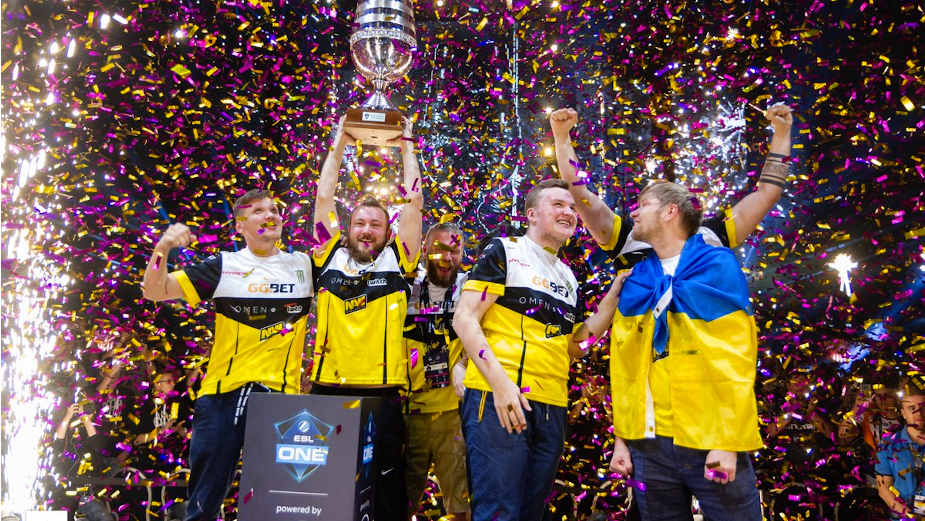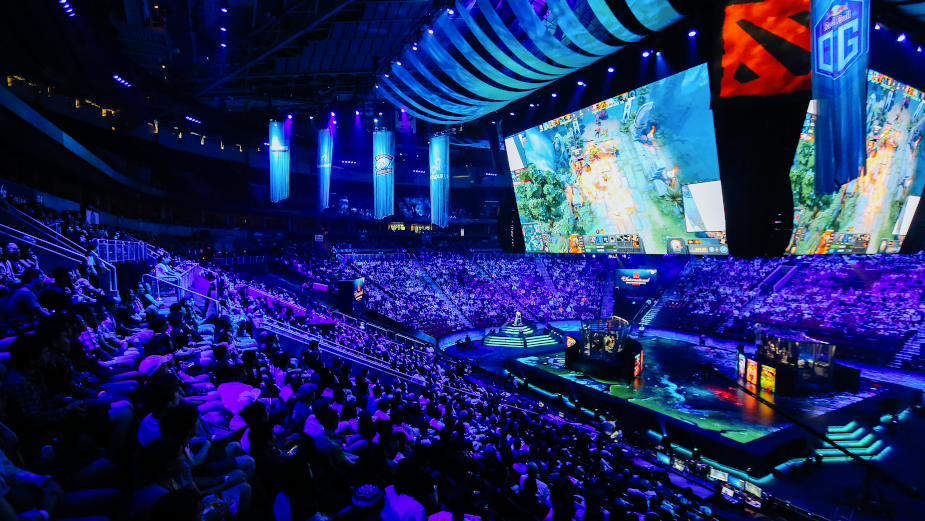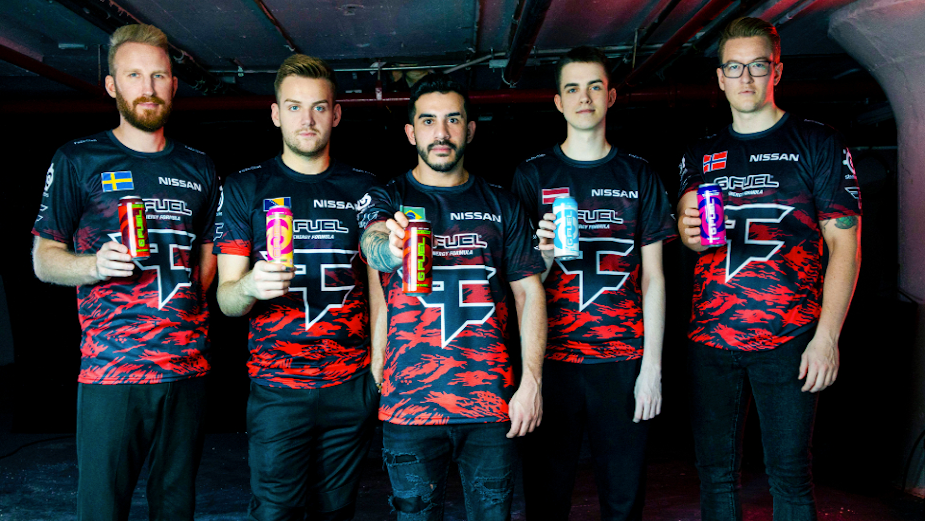
Professional Gaming: There’s Gold in the Streams

Professional gaming. A two-word combo that sounds like a complete oxymoron, yet here they are holding hands with one hand and high-fiving with the other. Why are they doing so much with their hands? Well because E-sports (Electronic Sports) is expected to get around half a billion unique viewers in 2020 (with a 11.7% yearly growth) and 200 million people watch gamers on YouTube every single day. For context, half a billion is the same global viewership as Rugby and Golf. Now if those kinds of numbers don’t make you put your own hands together plottingly, I don’t know what will.
So, what is a professional gamer?
Essentially, it is a person who earns money for playing games, that’s it. However, it can be very loosely broken down into two categories; casual gaming personalities and competitive gamers. Casual gamers play games for fun, involve the audience where possible and mostly do episodic or streamed playthroughs of currently popular games. Competitive gamers, also known as “IT’S NOT JUST A GAME, I’M A REAL ATHLETE DAD GOSH!”, play games to win and receive a prize or fame through it. This could be in a team-based online game, by themselves or through trying to beat a high score or time challenge. “Why not just play the game yourself? Surely watching it is boring.” That right there could be translated and said about literally any sport that has ever existed ever. Just because you aren’t playing it first-hand, doesn’t mean you can’t enjoy watching and admiring the skill of a pro player.
 (Source: Navi.gg)
(Source: Navi.gg)
What are E-Sports and how big are they?
For that answer, we must take a trip to the past, 1972 Stanford University to be precise. This is where the first official gaming competition happened, where students competed for the high score in a game called Space War, all for a years subscription to Rolling Stone magazine. Flash forward to the 80s and Atari is hosting a space invaders contest with 10,000 contestants, considered the first e-sports major event. In 1991, street fighter is released, the dynamic shifts from taking turns trying to beat each-others scores to literally trying to beat each other in real-time. Then, the internet becomes a thing and technology ramps up, fast. Online tournaments hosted by the games publishers are popping up all over the show. Pro-players that are living off their winnings become more and more normalised, along with online viewership.
YouTube comes out in 2005 and almost instantly people are uploading footage of themselves playing their favourite games. Twitch then waddles into the room, cracks it’s knuckles and waves the idea of streaming in front of everyone’s noses in 2011. This all means, you don’t even have to compete in competitions or tournaments to be considered a professional gamer. This opens the doors to casual streamers who talk to their audience while playing. As long as you have the skills to entertain, you can make an incredibly comfortable living (we’re talking millions) from streaming / playing games to an audience.
Ta-dah, we’ve come full circle and now linked back to the birth of casual professional gamers. But to put things further into perspective of where we are right now in terms of E-Sports, Valve’s ‘The International’ Tournament started in 2011 with a prize of 1.5 million – Which was an insane, unheard of amount at the time. Then, just seven years ahead in 2018, due to increased viewership and competition, the prize was 25.5 million.
 (Source: Dot E-sports)
(Source: Dot E-sports)
Where are people watching them?
Mostly on YouTube and Twitch, with YouTube being the main base for pre-made, edited and uploaded gaming videos, and Twitch being for live streamers (YouTube has also adopted this feature, but it is used less purely because Twitch got there first). A live stream has many benefits to it. The first being that just like being in a hyper interconnected stadium, audience members are allowed to talk to each other in the chat for the Livestream of the tournament, creating a bond between viewers and allowing them to rally behind their chosen gamer. Another possible benefit from an advertising/ sponsorship perspective is that live streams don’t have ads, unless the streamer has added one themselves. This means the product or service you are trying to advertise through them gets their audiences full attention and is guaranteed to be seen by them. On top of this, because there are no ads, it means streamers make their income from fan donations as well as fans paying monthly subscriptions for access to exclusive content. This in turn means that streaming audiences are very dedicated to their chosen pro-gamers, and will return to watch their content (including your sponsored products) over and over again.
Who is watching them?
Gaming video content is more popular with younger consumers, many of whom grew up playing video games, and so have an understanding of gameplay that previous generations may not. E-sports viewers are more likely to maintain or be in full-time employment when compared to the overall online population (67% compared to 53%), as well as 43% having high household incomes, compared to 30% of online as a whole.
Most people watch e-sports from home on a computer. However, the introduction of 5G technology will make it far easier for anyone to stream themselves and or watch a streamer or E-Sport tournament from anywhere they so wish, with minimal lag, allowing less interruption and prompting them to watch for longer. However, a key thing to note about the gaming audience is that it is heavily male-dominated, with 81.55% of twitch users being male. But what about the country as a whole? In terms of gender, 41% of gamers of UK gamers are women, so there is definite room for growth in the number that is watching gaming content. As well as this, 31% of the online population in the UK watches gaming related content, with 56% (37.3 million people) of the UK in 2018 classifying themselves as gamers.

(Source: Ninja/ Gfycat)
But osaka, how does all this stack up against our precious REAL sweaty testosterone-filled sports, I hear you ask.
Well here’s just one example to answer that; The League of Legends world championship in 2019 had a record-breaking 100 million viewers. By comparison, the super bowl that year had 100.7 million. So yeah, it stacks up. However, unlike traditional sports, where people support home teams, the audience for e-sports is truly global, as most people just choose a team or person to follow because they simply like their personality or skill. That is not to say, audiences can’t be targeted with your advertising if the entire planet isn’t what you are after. Choosing to work with streamers, much like influencers, with a large audience based in the country you want to localise to, is an easy way to circumnavigate the issue global viewership creates of casting a net too wide. Another large advantage of e-sports over regular physical sports is that they are currently free to watch, no special sports pass needed. This reduces the barrier to entry for consumers.
So are there brands that are already aboard this train?
G-Fuel is a brand that has been partnering with YouTubers/ streamers for the past couple of years and are now flourishing because of it. It is an energy drink that focuses on the gaming market, even promoting itself as a gaming performance enhancer (it isn’t). Just looking at their numbers, their revenue from 2015 to 2018 went up by 214%. So, what was it they noticed that caused them to sponsor pro-gamers? They noticed that the almost personal relationship between the fans and the gamer means they pretty much mimic their characteristics and behaviours. If a fan sees their favourite gaming YouTuber drinking the new G-Fuel flavour, they too want to drink it to be more like them. Same reason Gucci and Prada give celebs free clothes, it’s because the fans seeing them will want it too.
 (Source: E-sports Insider)
(Source: E-sports Insider)
So overall, there is a lot of potential behind the sponsorship of a pro-gamer and targeting their audience. Most of which spend on average 95 minutes of each day watching their favourite streamers. That right there is a large chunk of free real-estate for you to move in on. As well as this, as the gender distribution of viewers evens out and gaming slowly becomes the dominant form of entertainment, the potential is only going to keep growing.







